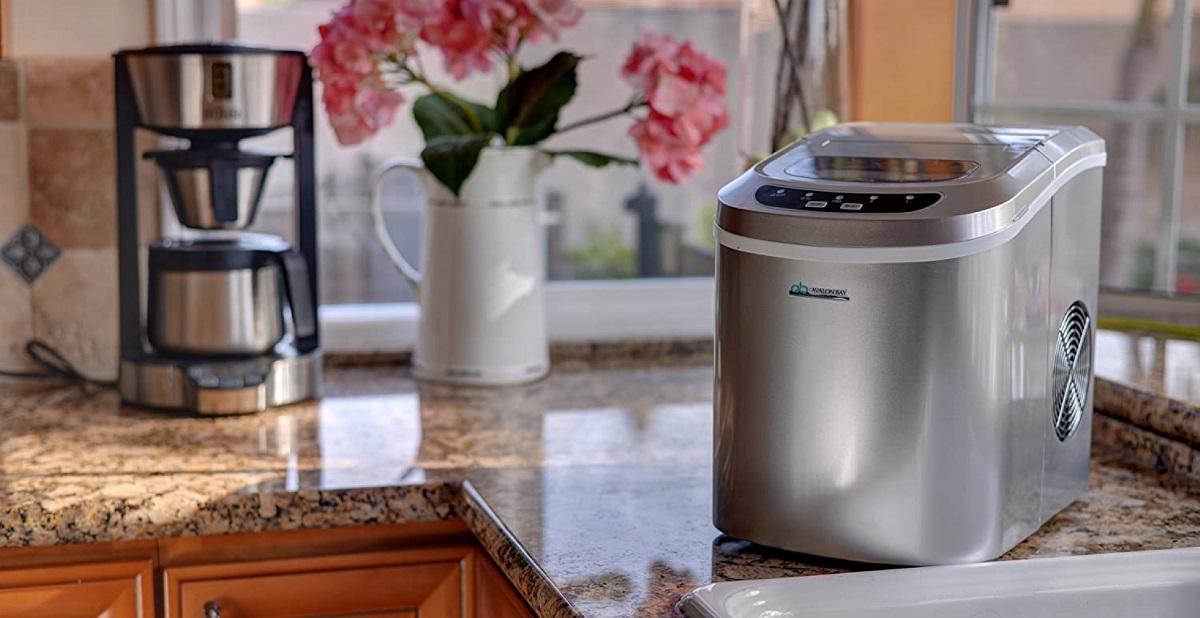

Articles
How Much Water Does An Ice Maker Use
Modified: February 29, 2024
Discover how much water an ice maker uses in this informative article. Explore the water consumption of various ice makers and make informed choices for your home or business.
(Many of the links in this article redirect to a specific reviewed product. Your purchase of these products through affiliate links helps to generate commission for Storables.com, at no extra cost. Learn more)
Introduction
Welcome to the world of ice makers, where frozen cubes of refreshment await at the push of a button. Whether you have one in your home or encounter them in restaurants, hotels, or other commercial establishments, ice makers are a convenient and essential appliance for many. But have you ever wondered how much water these ice makers consume in the process of creating those chilly cubes?
In this article, we will delve into the world of ice maker water usage and explore the factors that affect it. We will also examine the average water consumption of ice makers and provide some efficiency tips to help reduce their water usage. Furthermore, we will consider the environmental impact of this water consumption, shedding light on the importance of finding sustainable solutions.
So, grab a cool drink and let’s dive into the fascinating world of ice maker water usage!
Key Takeaways:
- Ice makers can consume 3 to 6 gallons of water for residential use and up to 200 gallons for commercial use. Opt for energy-efficient models and implement smart ice management to reduce water usage and environmental impact.
- Factors like ice cube size, temperature settings, and water quality affect ice maker water consumption. Regular maintenance, water filtration, and leak inspections are crucial for minimizing water waste and promoting sustainability.
Read more: How Much Power Does An Ice Maker Use
How Does an Ice Maker Work?
Before we delve into the water usage of ice makers, let’s first understand how these machines work. Ice makers are designed to produce ice cubes or crushed ice using a combination of water, refrigeration, and heat exchange.
The process starts with a water supply line connected to the ice maker. When you activate the ice maker, an electric valve opens, allowing water to flow into a reservoir or a mold. The water is then pumped into a tray or mold that contains individual compartments, shaped like ice cubes.
Next, the ice maker’s cooling system comes into play. A refrigeration unit, typically located beneath or behind the ice maker, lowers the temperature to freeze the water in the compartments. This process generally takes around 20-30 minutes, depending on the type and size of the ice maker.
Once the water has frozen, the next step is to remove the ice from the mold. The ice maker uses a heating element or a system of hot refrigerant gas to warm the mold and release the frozen cubes. This melting and releasing process is commonly known as the harvest cycle. The ice cubes then fall into a collection bin or are dispensed through a chute, ready to be used.
It’s important to note that this entire process is automated and controlled by sensors and timers. Some advanced ice makers even have features like ice level sensors to prevent overfilling and temperature sensors to ensure optimal ice quality.
Now that we have a basic understanding of how ice makers work, let’s explore the factors that affect their water usage.
Factors Affecting Water Usage in Ice Makers
Several factors can influence the water usage of ice makers. Understanding these factors can help us gain insights into why some ice makers consume more water than others and how to optimize their water usage.
1. Ice Maker Size and Capacity: The size and capacity of an ice maker play a significant role in its water consumption. Larger ice makers that can produce a higher volume of ice often require more water to fill their reservoirs or molds.
2. Ice Cube Size: The size of the ice cubes produced by an ice maker can impact its water usage. Ice makers that produce larger ice cubes may use more water to fill their compartments compared to those that produce smaller cubes.
3. Temperature Setting: The temperature at which an ice maker is set can affect its water consumption. Lower temperatures may result in more water freezing and more frequent cycles, leading to higher water usage.
4. Water Supply Pressure: The water pressure supplied to the ice maker can also impact its water consumption. Higher water supply pressure can lead to faster ice production and potentially higher water usage.
5. Water Filtration and Quality: The quality of the water used in the ice maker can influence its water usage. Water with higher mineral content or impurities may cause the ice maker to run longer or require more frequent cleaning cycles, leading to increased water consumption.
6. Maintenance and Efficiency: Regular maintenance and cleaning of the ice maker can contribute to its efficiency and water usage. Proper cleaning ensures that the unit operates optimally and reduces any potential water wastage due to clogs or malfunctions.
7. User Behavior: The behavior of those using the ice maker can also impact water usage. Leaving the ice maker running unnecessarily or overusing ice can lead to higher water consumption.
By considering these factors, manufacturers and users can make informed decisions to optimize the water usage of ice makers and reduce unnecessary water waste.
Average Water Consumption of Ice Makers
The average water consumption of ice makers can vary based on factors such as size, capacity, and usage patterns. While there is no one-size-fits-all answer, we can provide some general estimates to give you an idea of what to expect.
Residential ice makers typically utilize around 3 to 6 gallons of water to produce a standard batch of ice cubes, which generally results in 10 to 12 ice cube trays or approximately 130 to 150 ice cubes. These numbers can vary depending on the size of the ice cubes and the specific model of the ice maker. It’s important to note that residential ice makers are designed for occasional use, and the water consumption mentioned represents typical household usage.
On the other hand, commercial ice makers, which are commonly found in restaurants, bars, and hotels, have higher water consumption due to their larger capacity and continuous ice production. Commercial ice makers can use anywhere between 50 to 200 gallons of water per 100 pounds of ice produced, depending on the type of ice maker and the ice cube size.
It’s worth mentioning that there are energy-efficient and water-saving models available in the market. These ice makers are designed to minimize water consumption while still providing a reliable ice supply. If you’re concerned about water usage, consider looking for ENERGY STAR certified ice makers, which meet strict energy efficiency and water consumption guidelines set by the Environmental Protection Agency (EPA).
Keep in mind that actual water consumption can vary based on factors such as user behavior, maintenance, and water supply conditions. Additionally, ice makers with added features like water filters and recirculation systems can help minimize water waste.
Now that we have an understanding of the average water consumption of ice makers, let’s explore some efficiency tips to reduce their water usage.
Regularly cleaning the ice maker’s water filter can help maintain its efficiency and reduce water usage. Check the manufacturer’s instructions for recommended cleaning frequency.
Efficiency Tips to Reduce Water Usage
Reducing water usage not only helps save water resources but also contributes to lower utility bills and a more sustainable environment. Here are some efficiency tips to help you minimize the water consumption of your ice maker:
1. Optimize Ice Cube Size: Consider adjusting the ice maker settings to produce smaller ice cubes. Smaller ice cubes require less water to freeze, resulting in reduced water consumption. 2. Regular Maintenance: Follow the manufacturer’s guidelines for regular maintenance and cleaning of the ice maker. This helps ensure efficient operation and prevents clogs or malfunctions that may lead to excessive water usage. 3. Inspect for Leaks: Periodically check for any leaks in the water supply line, valves, or connections. Even small leaks can waste significant amounts of water over time. Repair or replace any faulty components promptly. 4. Water Filtration: Install a water filtration system to provide clean and purified water to your ice maker. This not only improves the quality of the ice but also helps prevent mineral buildup, reducing the need for frequent cleaning cycles that consume more water. 5. Smart Ice Management: Avoid overfilling the ice bin or allowing ice to accumulate unnecessarily. Regularly check the ice level and adjust the ice production accordingly to match your needs. This helps prevent ice wastage and reduces water consumption. 6. Recirculation Systems: Consider investing in ice makers with recirculation systems that reuse melted ice water to make new ice. These systems can significantly reduce water waste by recycling the water instead of draining it after each ice-making cycle. 7. Upgrade to Energy-Efficient Models: When replacing or purchasing a new ice maker, look for models that are ENERGY STAR certified. These ice makers are designed to meet strict energy efficiency and water consumption guidelines, helping you save both energy and water. 8. Conduct Regular Water Audits: Keep track of your water usage patterns and monitor the water consumption of your ice maker. This will help you identify any unusual spikes in water usage and take corrective measures accordingly. By implementing these efficiency tips, you can reduce the water consumption of your ice maker and make a positive impact on both your wallet and the environment.
Read more: How Much Does A Ice Maker Cost
Environmental Impact of Ice Maker Water Usage
The water usage of ice makers has a direct impact on the environment, as it contributes to overall water consumption and can strain local water resources. It is important to understand the environmental implications associated with their water usage and work towards minimizing their ecological footprint.
1. Water Scarcity: With the increasing global demand for water, it is crucial to conserve this precious resource. Large-scale water consumption by ice makers in commercial establishments can exacerbate water scarcity in areas already facing water stress. By reducing water usage in ice makers, we can help alleviate the strain on available water resources.
2. Energy Consumption: Water consumption in ice makers is closely tied to energy consumption. The process of freezing water requires energy to lower the temperature and maintain freezing conditions. By reducing water usage in ice makers, we indirectly reduce the energy required for cooling, resulting in lower carbon emissions and reduced environmental impact.
3. Wastewater Disposal: Ice makers generate wastewater as a byproduct during their operation. This water is typically drained and disposed of, adding to the overall water waste. By minimizing water consumption, we can reduce the volume of wastewater generated and the associated challenges of wastewater treatment and disposal.
4. Ecosystem Impact: Water scarcity and excessive water usage can have adverse effects on local ecosystems. Reduced water availability can disrupt aquatic habitats and impact the flora and fauna that rely on them. By practicing water-efficient strategies in ice maker usage, we can help preserve the delicate balance of ecosystems and protect biodiversity.
5. Sustainable Practices: Opting for energy-efficient ice maker models, implementing water-saving technologies such as recirculation systems, and raising awareness about water conservation are important steps towards promoting sustainability in the use of ice makers. These practices not only minimize water usage but also contribute to a more responsible and eco-conscious approach to consuming resources.
As individuals and businesses, we have a responsibility to prioritize water conservation and adopt sustainable practices in the use of ice makers. By reducing water consumption, minimizing waste, and choosing energy-efficient models, we can make a positive environmental impact and contribute to the long-term sustainability of our planet.
Conclusion
Ice makers are convenient appliances that provide us with a steady supply of ice whenever we need it. However, it is important to be mindful of their water usage and its impact on the environment. By understanding how ice makers work and the factors that affect their water consumption, we can take steps to reduce their ecological footprint.
From residential ice makers to commercial units, there are various factors that influence water usage. The size, capacity, and temperature settings of ice makers, along with water supply pressure and maintenance practices, all play a role in determining water consumption. By optimizing these factors and making efficient choices, we can minimize water waste and conserve this precious resource.
We explored some average water consumption estimates for residential and commercial ice makers, which emphasized the need for water-saving measures. Upgrading to energy-efficient models, implementing smart ice management practices, and considering recirculation systems are effective ways to reduce water usage. Regular maintenance, water filtration, and prompt repair of leaks are also essential in minimizing water waste.
It is important to recognize that the environmental impact of ice maker water usage extends beyond water scarcity. Excessive water consumption contributes to energy waste, wastewater generation, and ecosystem disruption. Therefore, it is crucial that we strive for sustainability in our ice maker usage to protect our planet’s resources.
By adopting water-efficient practices and promoting a culture of sustainability, we can make a significant difference. As consumers, we have the power to choose energy-efficient and water-saving ice maker models. As businesses, we can prioritize responsible water management and work towards minimizing water waste in our operations.
Let’s take conscious steps to reduce the water consumption of ice makers, conserve water resources, and protect the environment. By working together, we can ensure a sustainable future while still enjoying the refreshing benefits of ice makers.
Frequently Asked Questions about How Much Water Does An Ice Maker Use
Was this page helpful?
At Storables.com, we guarantee accurate and reliable information. Our content, validated by Expert Board Contributors, is crafted following stringent Editorial Policies. We're committed to providing you with well-researched, expert-backed insights for all your informational needs.
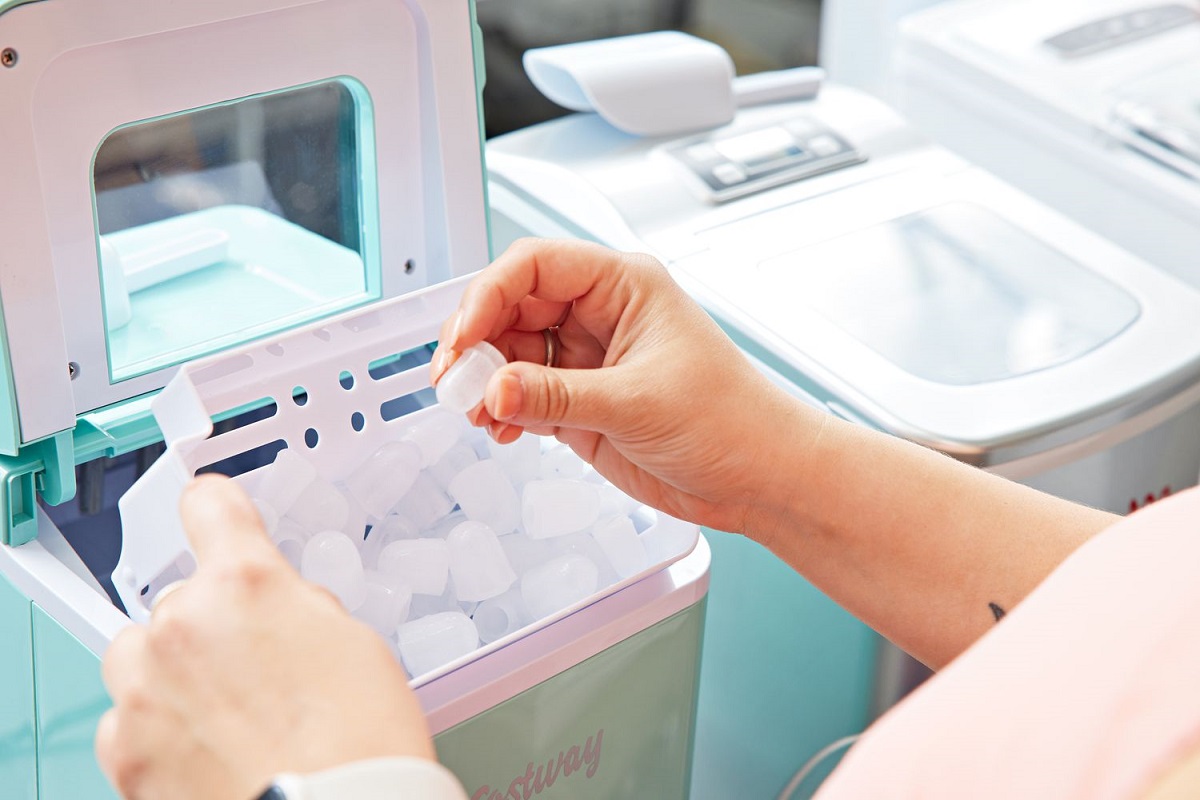
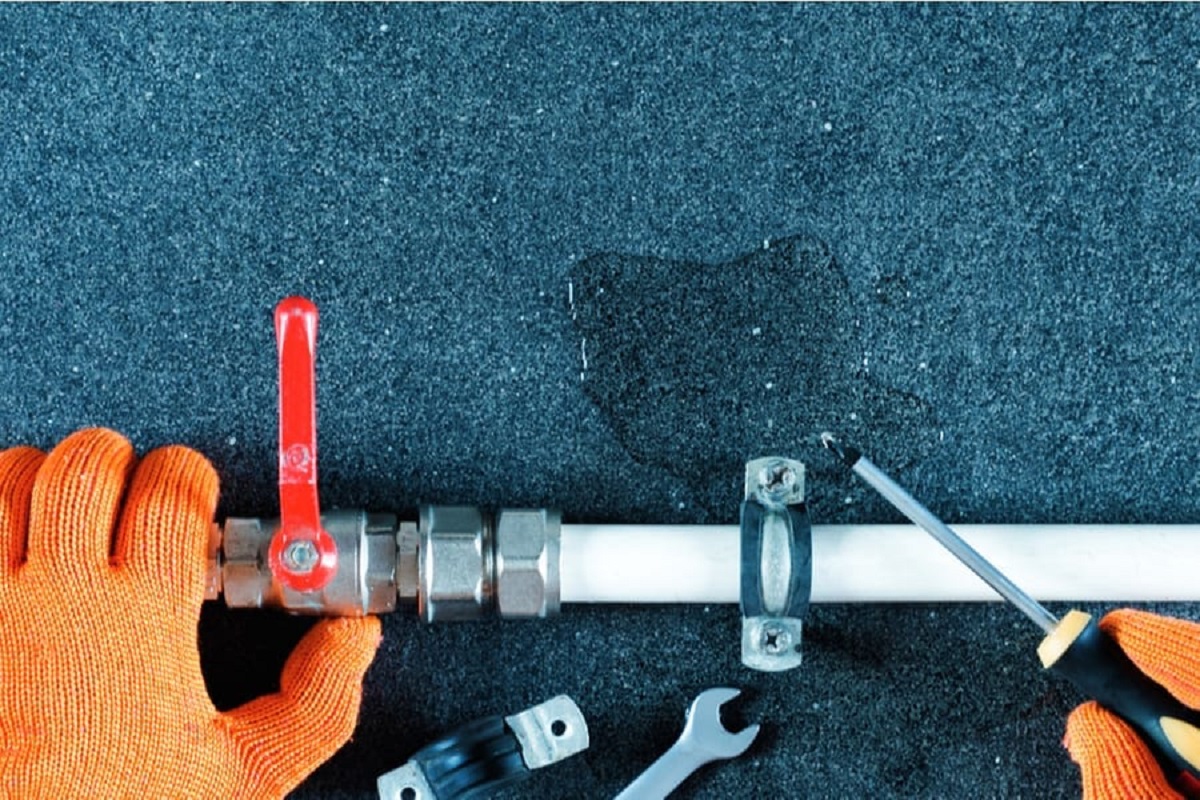
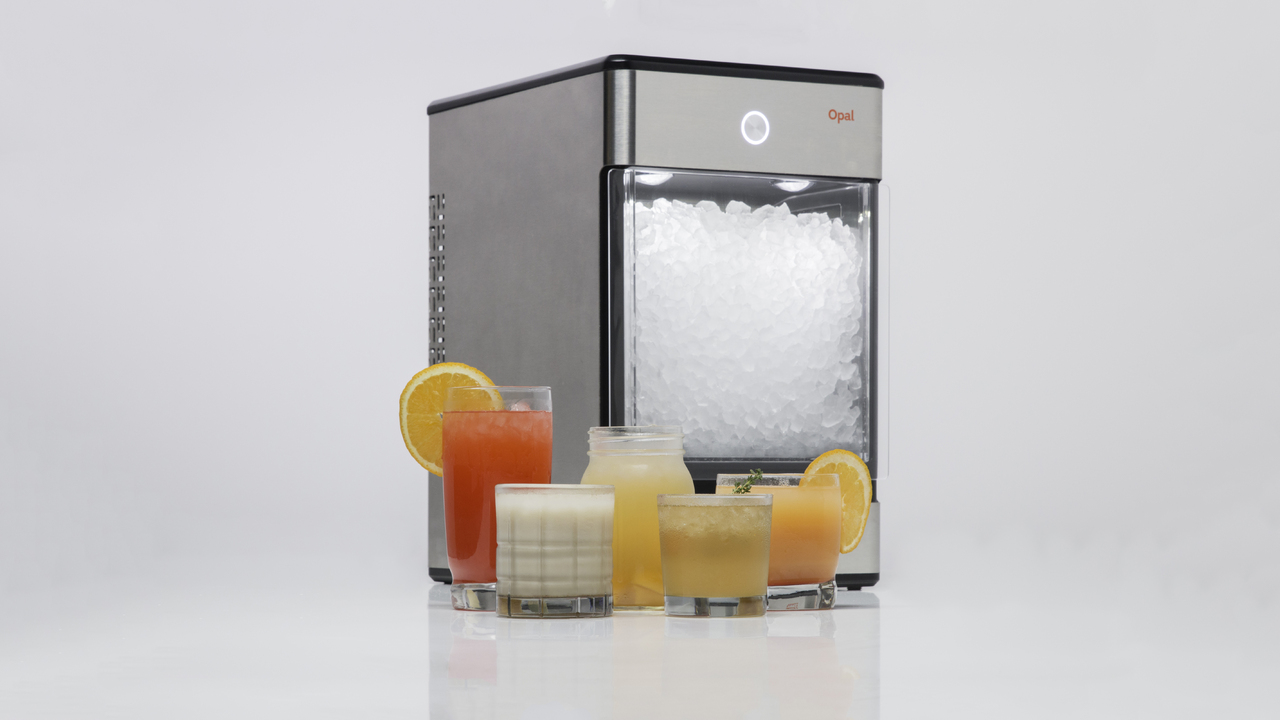
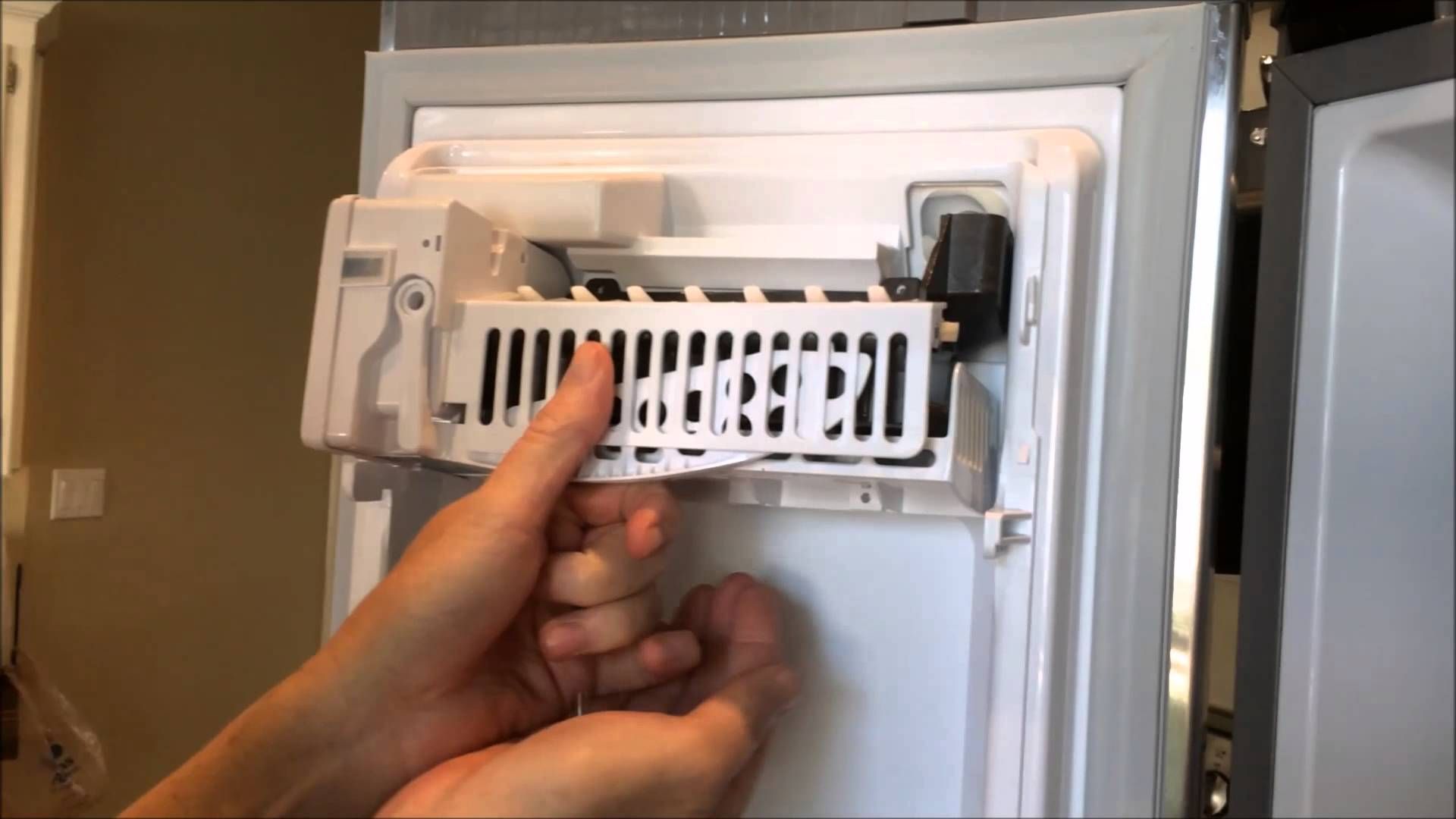
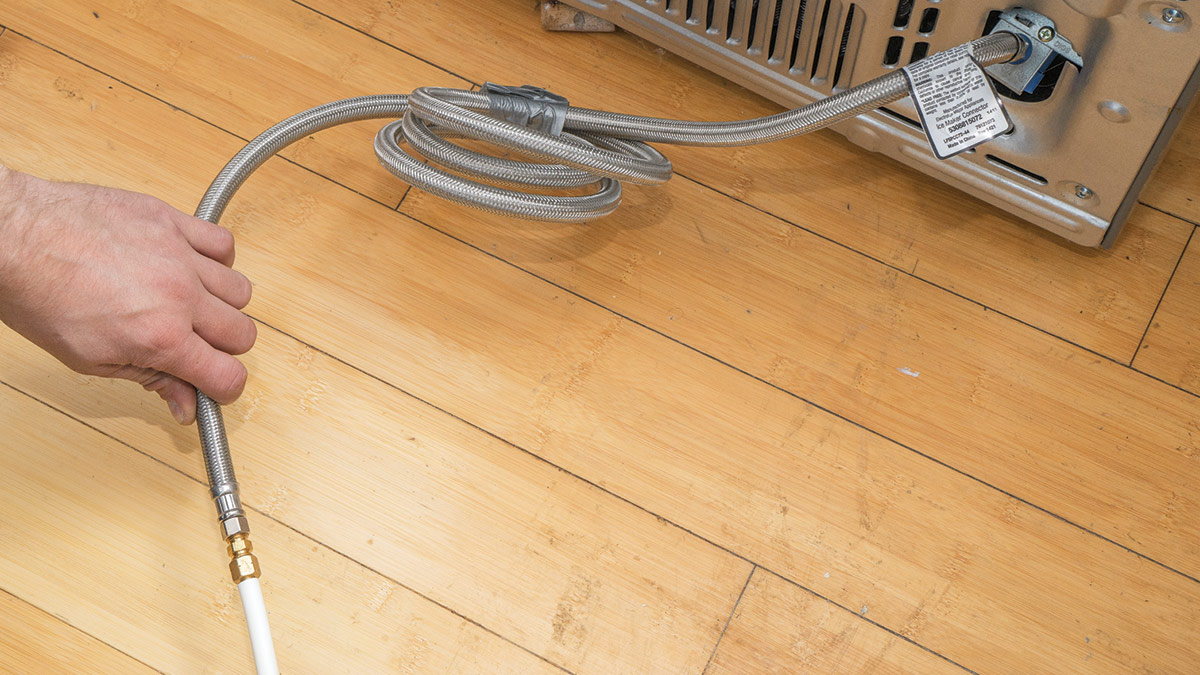
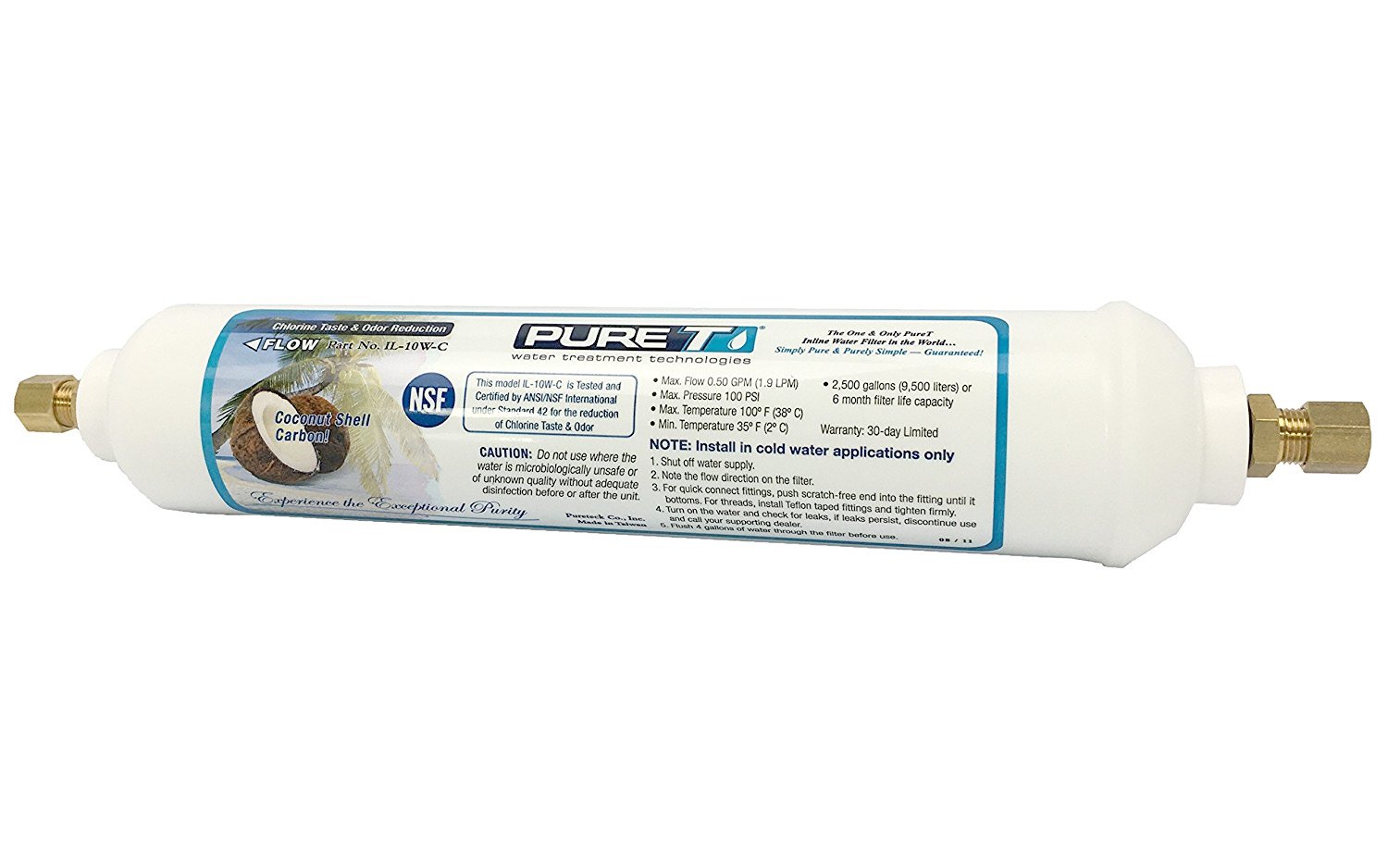
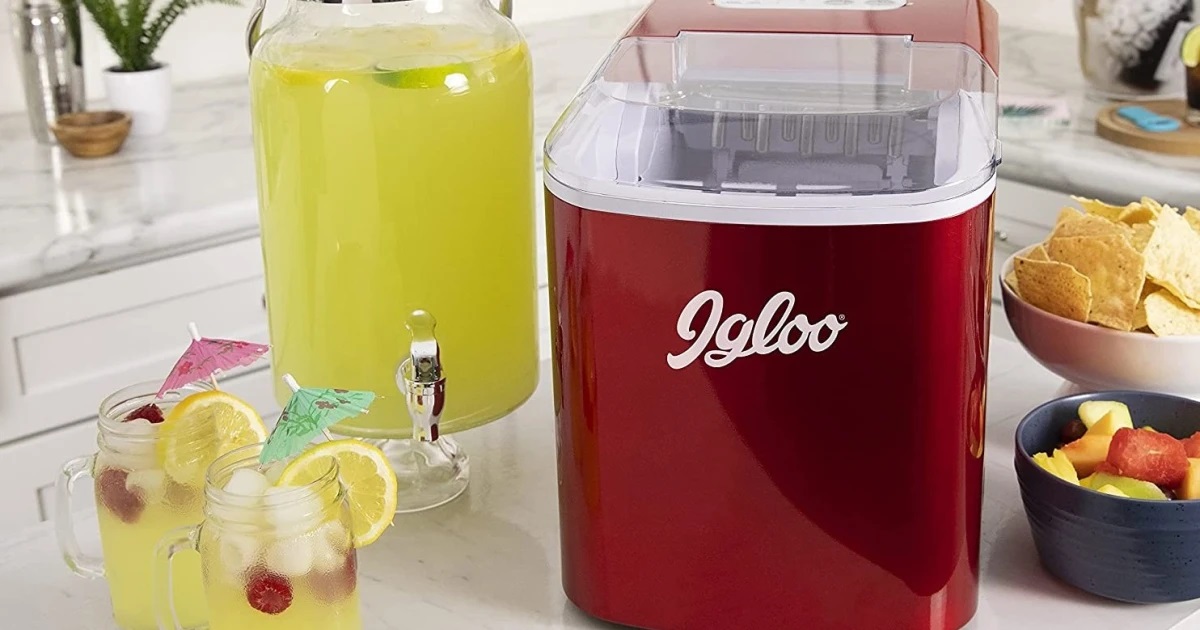
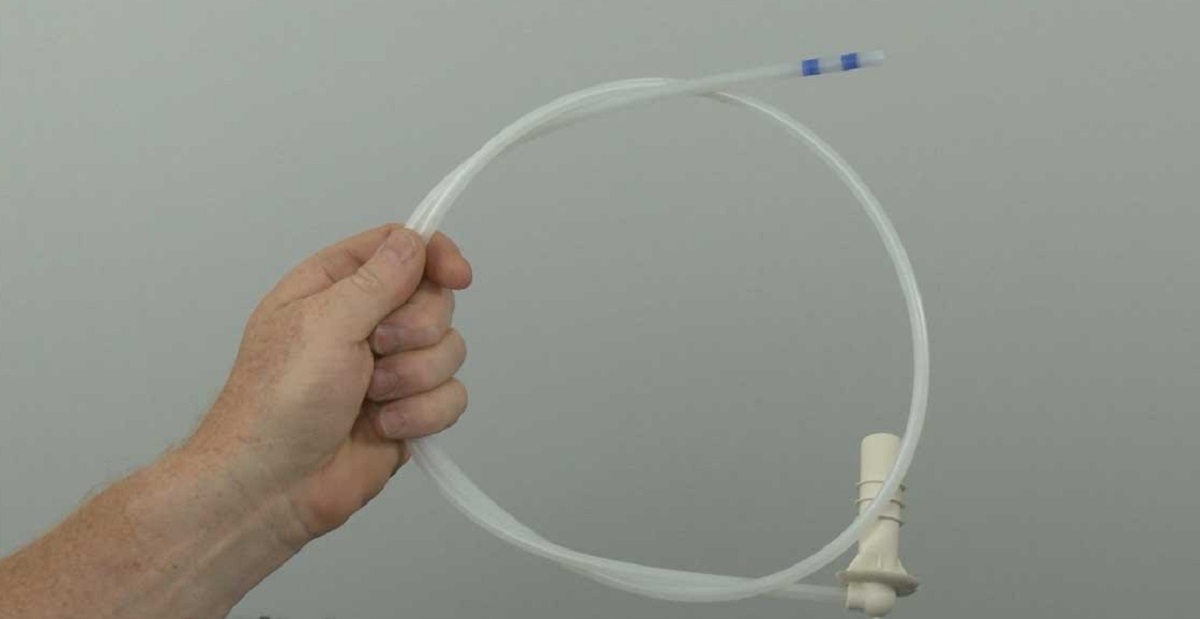
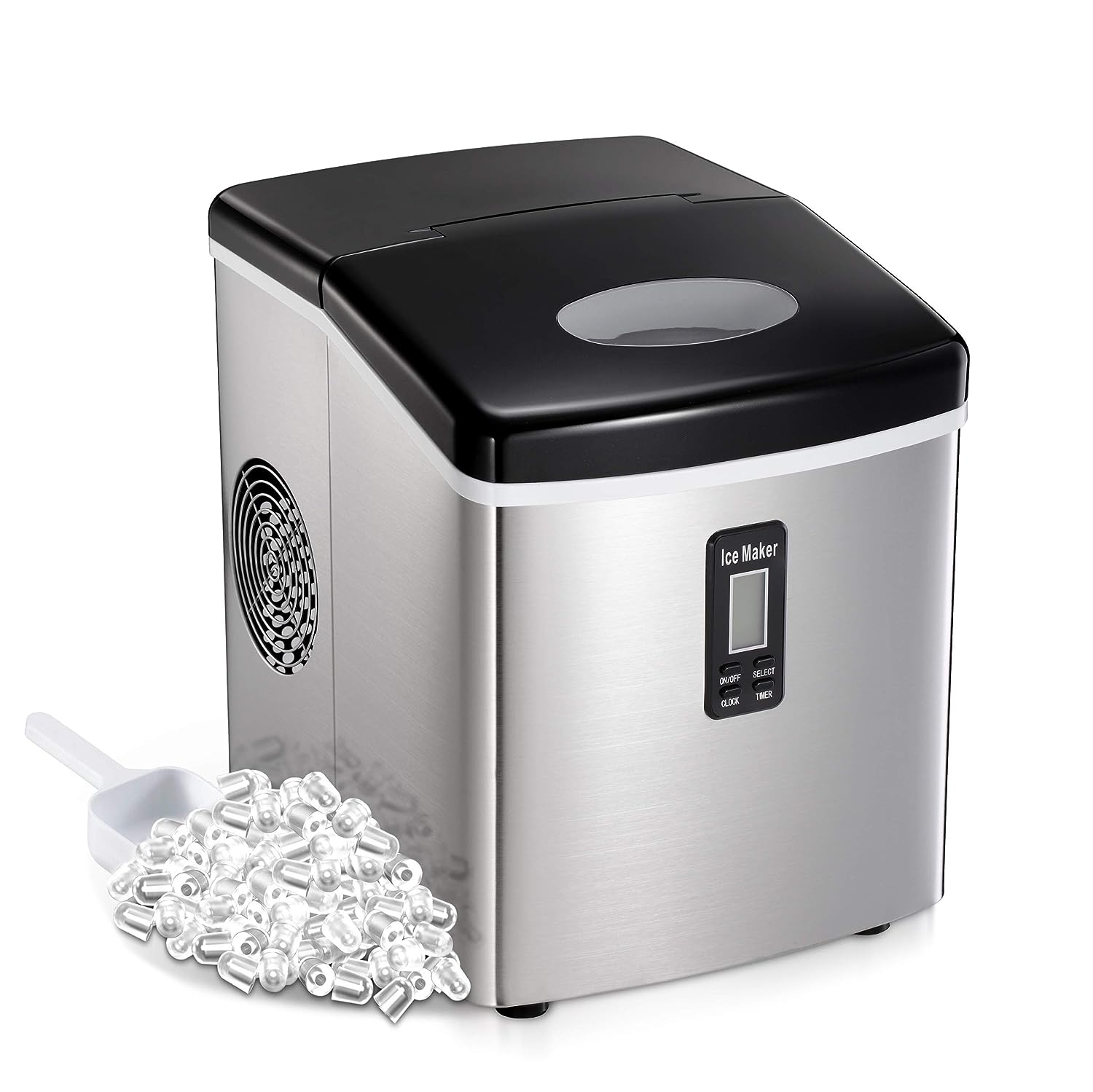
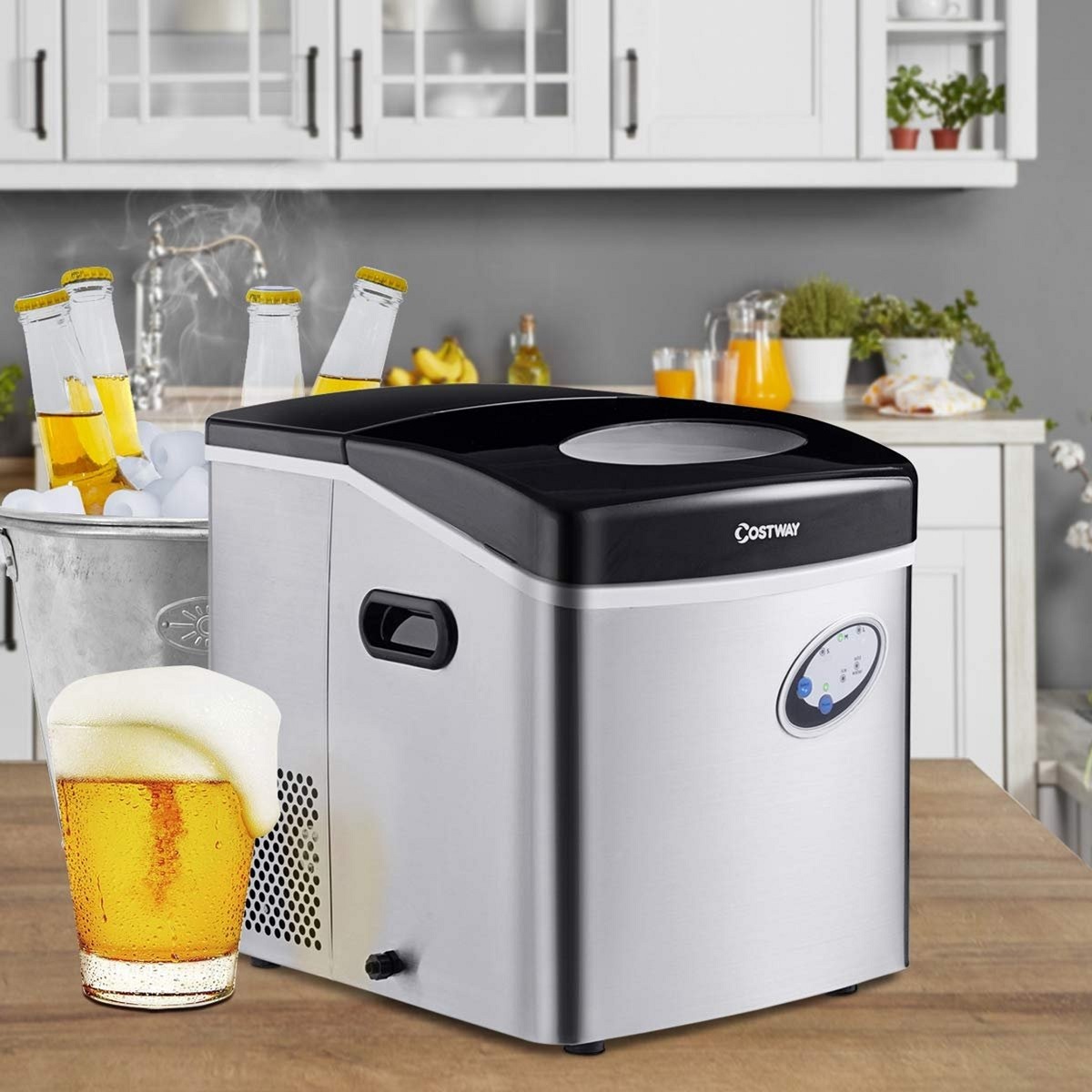
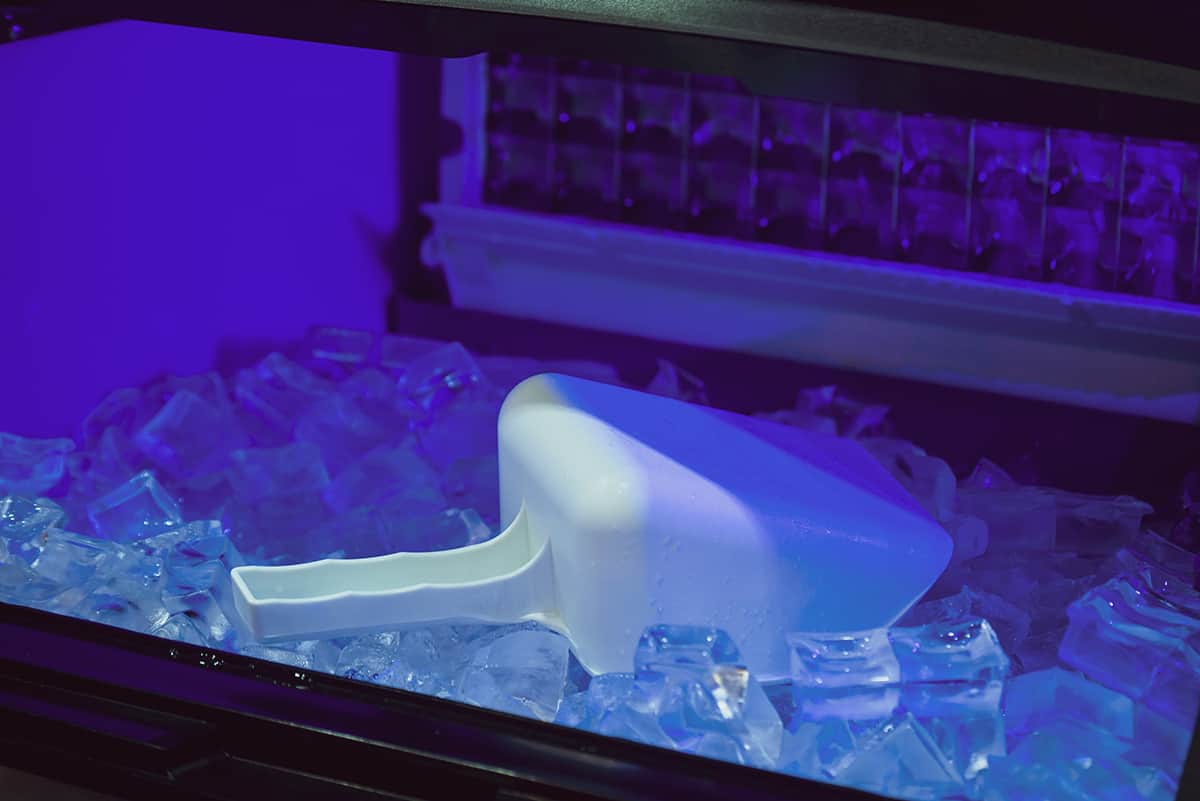
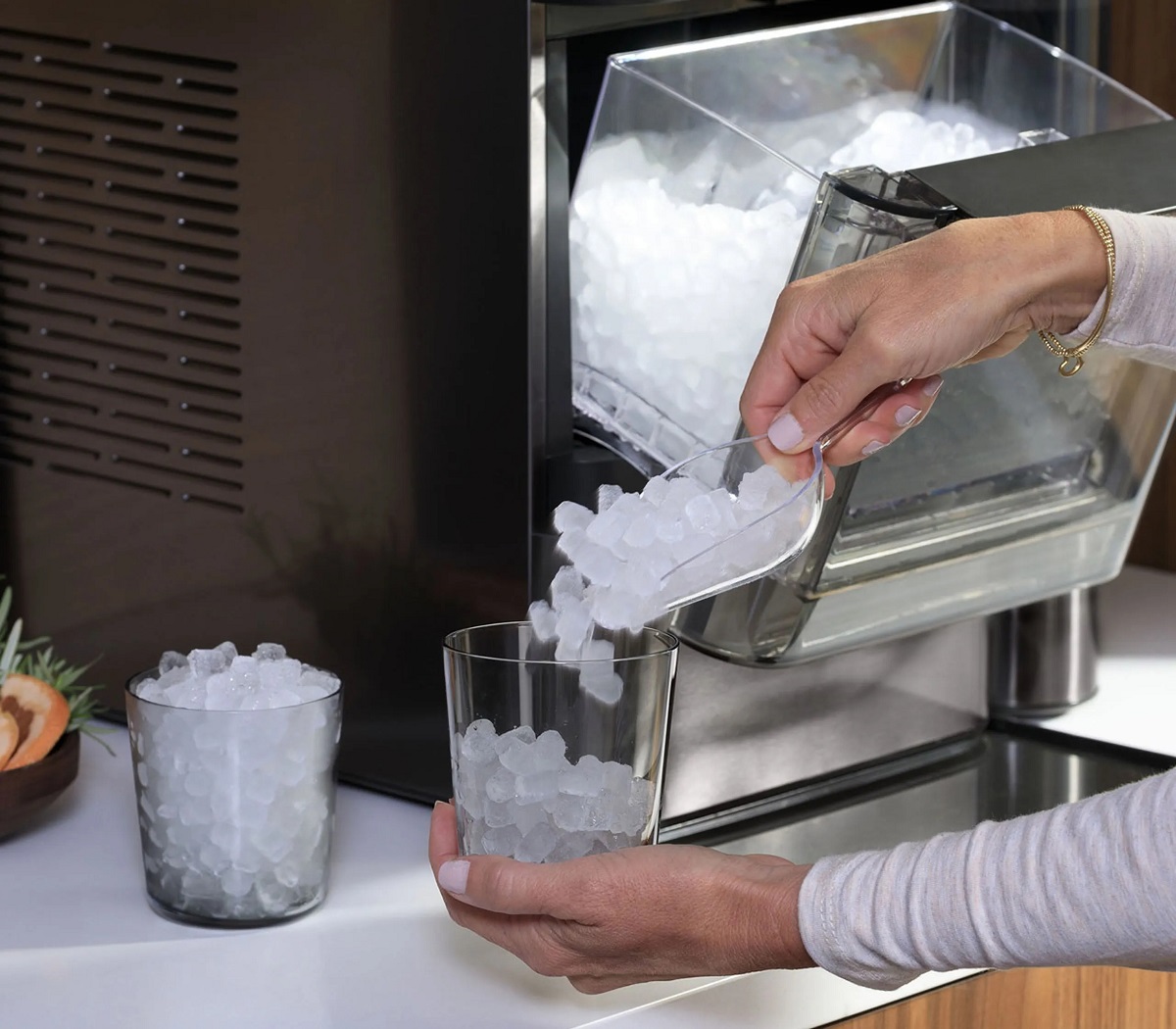
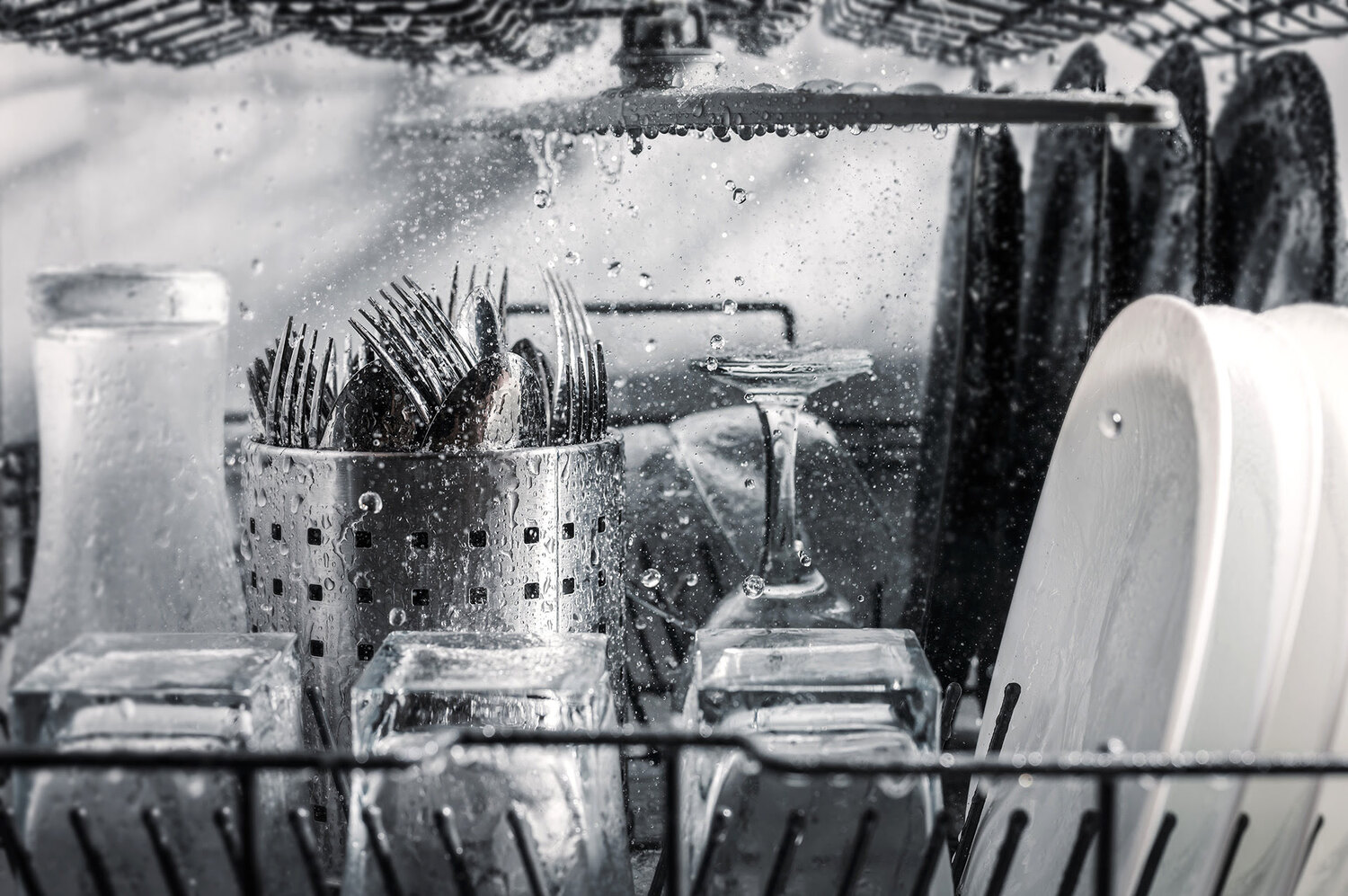
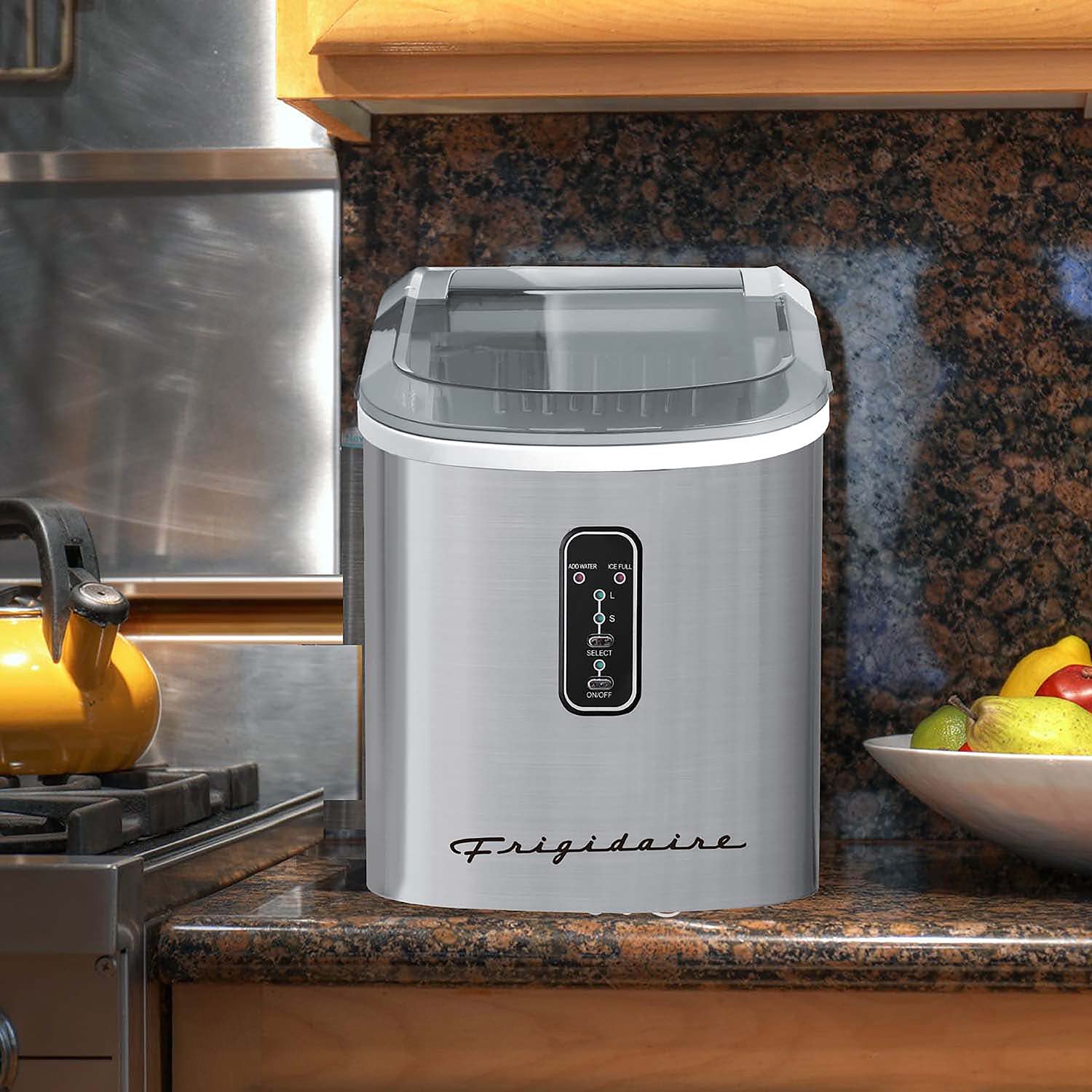

0 thoughts on “How Much Water Does An Ice Maker Use”